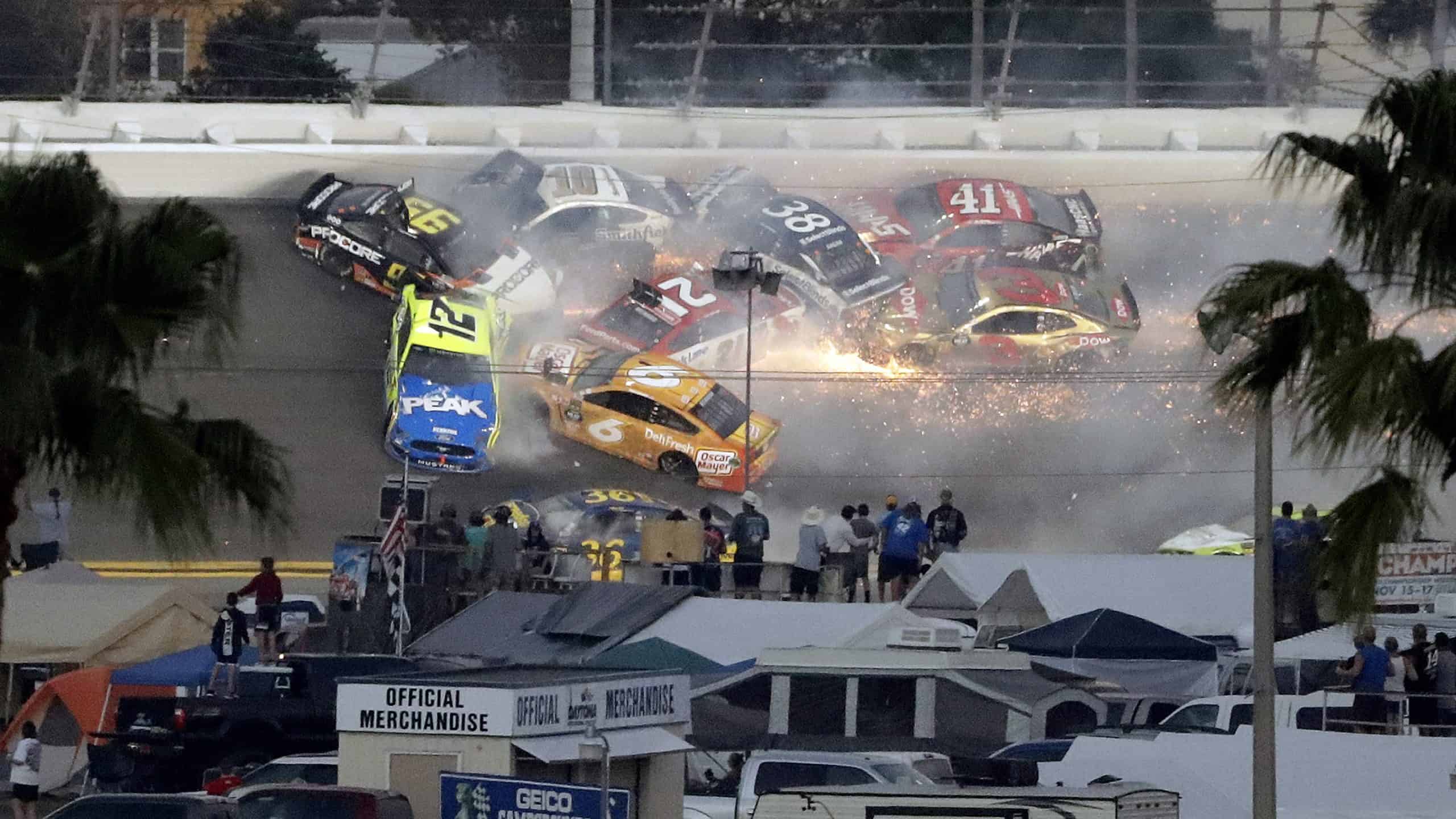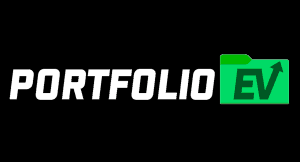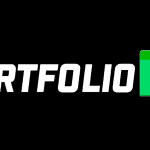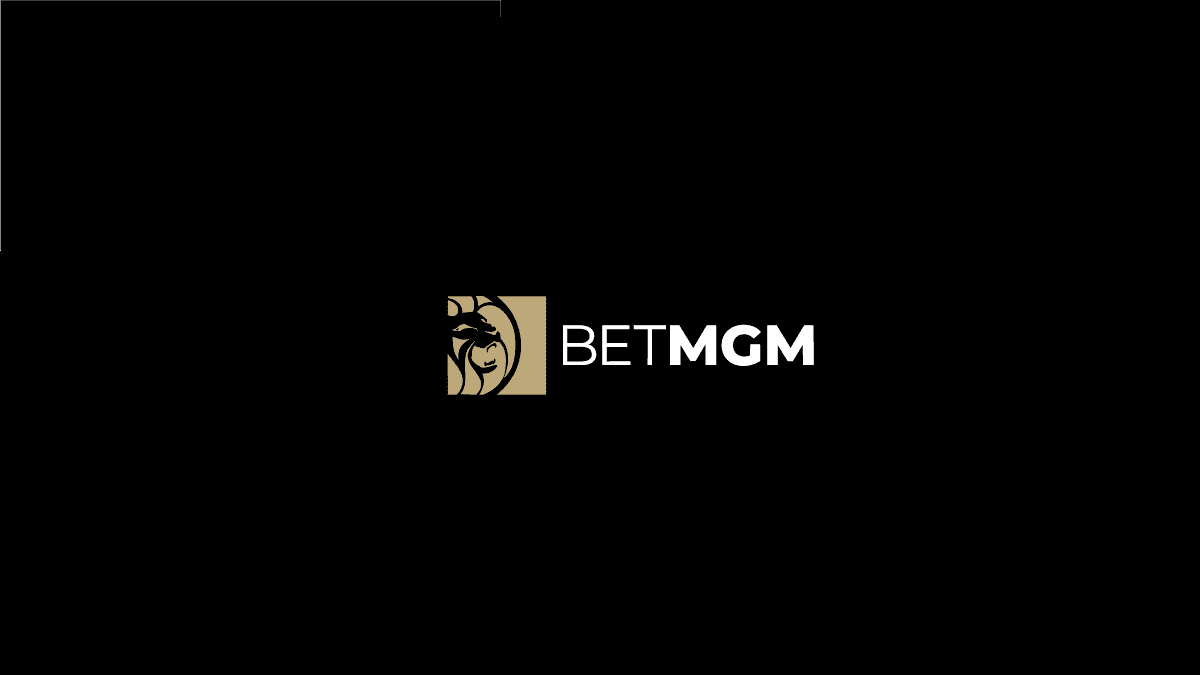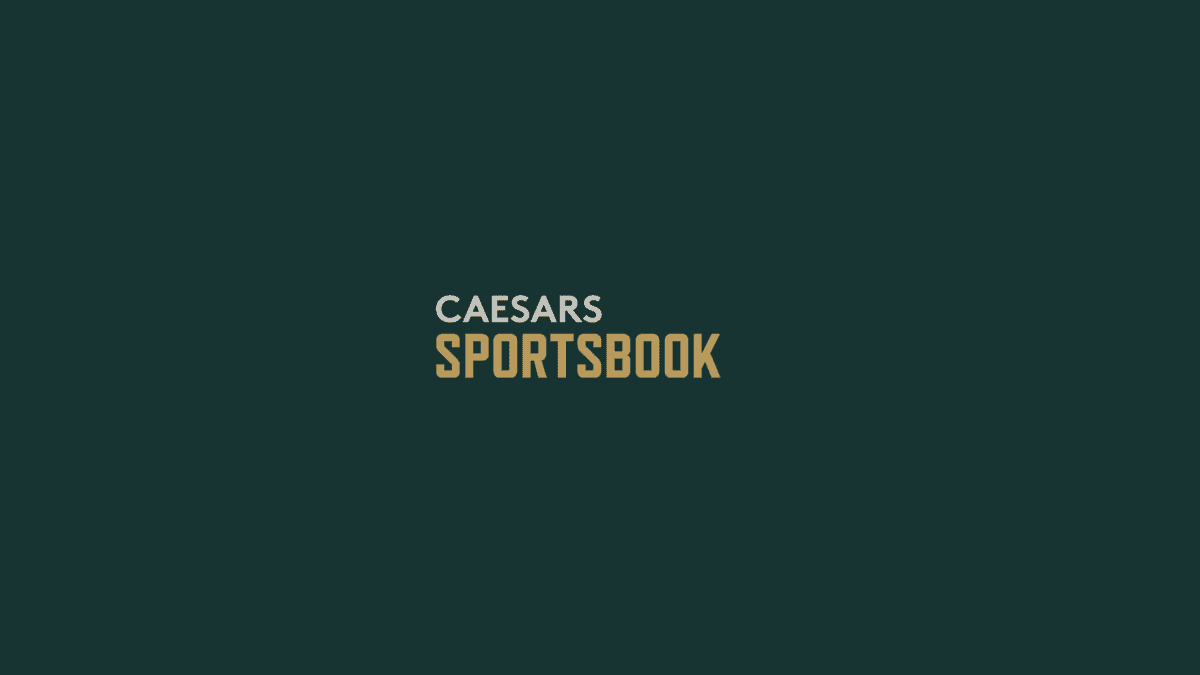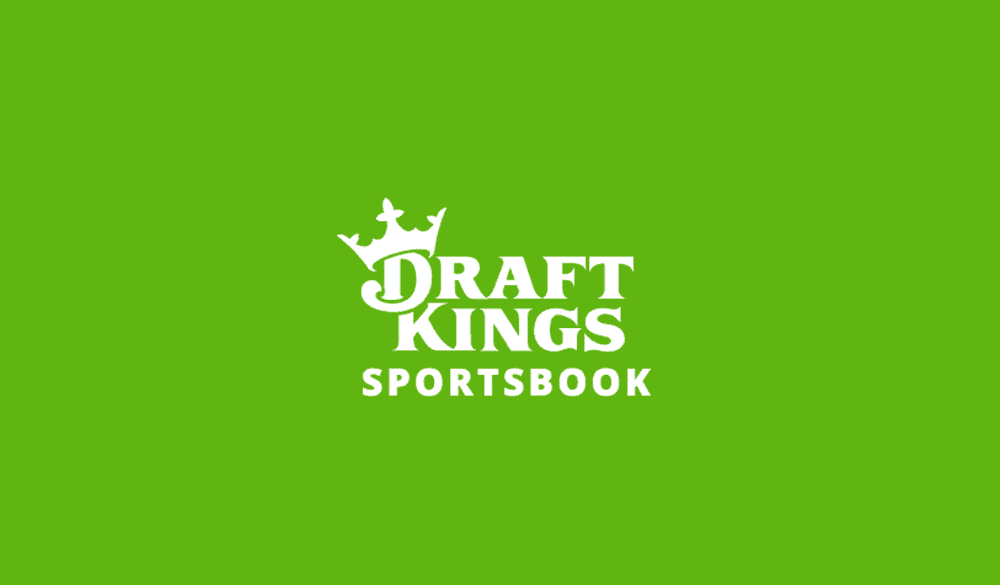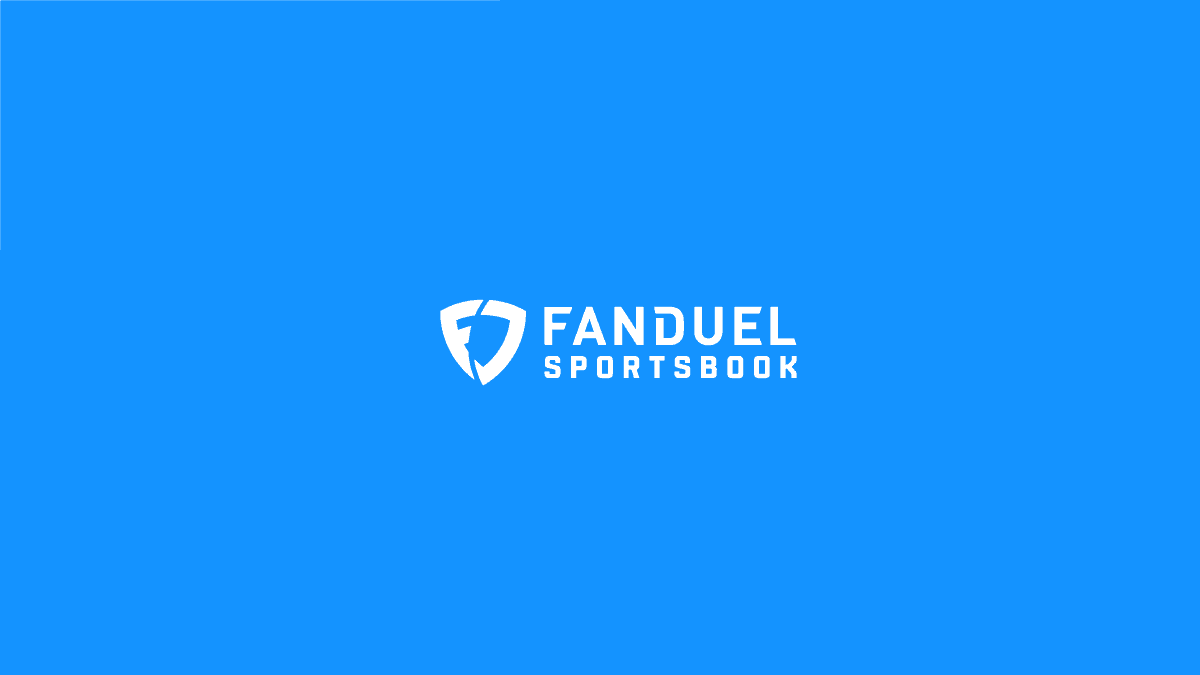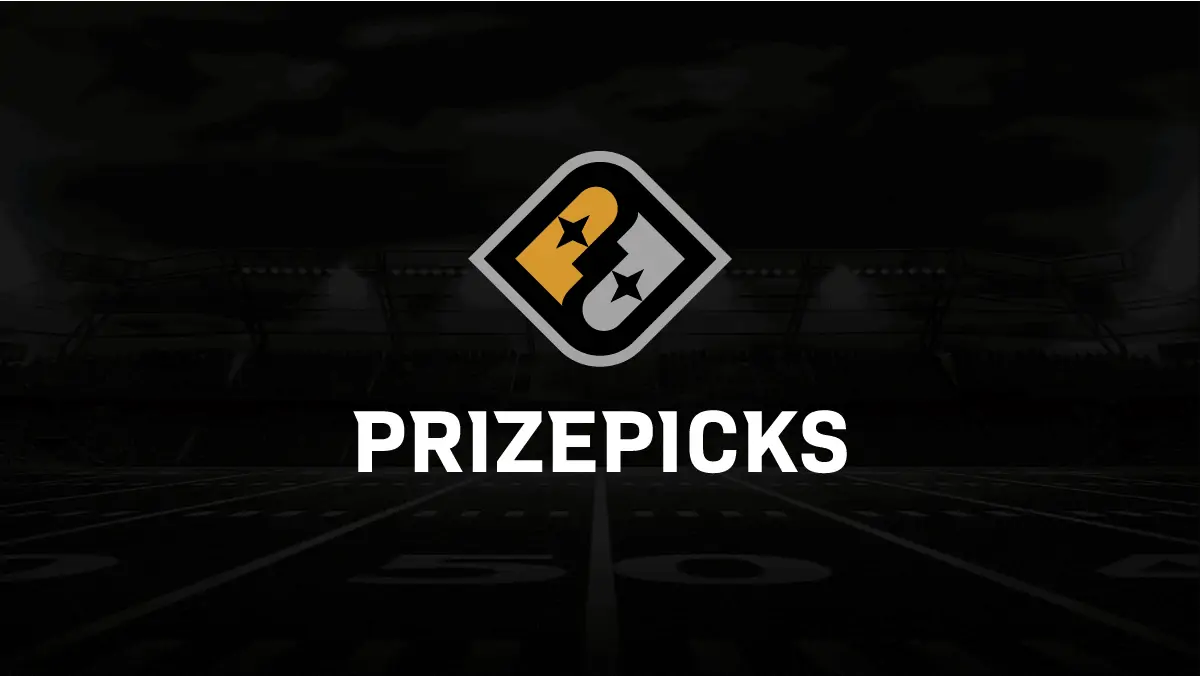While betting on stick-and-ball games can be fun, the narrow range of outcomes usually limits your profit margins. Depending on the sport, three outcomes are possible: win, loss and draw. While prop markets, spreads and totals can spice things up, you’ll rarely find longshot tickets that have positive expected value. The same can’t be said about NASCAR betting. I sincerely believe that no sport is more fun to sweat out than NASCAR, which is why I’ve put together this guide to betting on NASCAR. Let’s dive right into how to bet on NASCAR — profitably — as I dish out my expert betting advice and talk strategy.

How to Bet on NASCAR: Expert Advice, Tips & Strategies
What makes a NASCAR bet sharp? Asked another way, what factors should you consider when placing your NASCAR wagers? Those are the first questions you should ask yourself when wondering how to bet on NASCAR.
The best bettors find a way to blend several factors, including a driver’s recent form, the quality of a driver’s car, a driver’s historical performance at the track in question, a driver’s performance at similar tracks, and a driver’s performance in pre-race practice and qualifying. NASCAR racing is a team sport, too — even recent pit-stop data matters.
Those aren’t the only factors to consider. Knowing a driver’s background can help immensely. If a driver cut his or her teeth in sports car or open-wheel racing, he or she will have an advantage on road courses. If a driver worked his or her way up on the flat, short tracks of New England, like Ryan Preece, he or she may have an advantage at tracks like New Hampshire, Martinsville and the LA Coliseum.
The enumerated factors vary in importance each weekend. For example, a relatively new track like Gateway has little course history to use, so leaning too heavily on it won’t help much. Conversely, a historic track like Darlington has plenty of meaningful course history to consider. As mentioned before, sharp bettors find a way to blend data points. I’ll break down the key data points below.
How to Bet on NASCAR: Identifying Comparator Tracks
Despite what you may have heard, NASCAR is not all about cars taking left turns and driving in circles. Of the 36 points-paying events on the schedule for 2024, five (13.9%) featured both right and left turns. Four of those are traditional road courses, including the Circuit of the Americans, where Formula 1 holds the United States Grand Prix, and Watkins Glen, where Formula 1 used to hold the United States Grand Prix. Further, the ovals that NASCAR runs each year vary in size from a half-mile to 2.5 miles in length.
When looking for a track’s comparators, bettors should consider four key factors. The first, and most objective, is the kind of rules package the drivers will run at the event. This distinguishes superspeedways, where potentially unsafe high speeds have forced the sport to use a different engine and aero package, from standard ovals. In 2024, the short tracks and road courses both used differing rules packages as well.
Once you have determined the rules package to be used at the event, you should then consider the track’s length, surface and banking. Shorter tracks (one mile or less) and rough intermediates (1.5 or longer but not superspeedways), often force drivers to be more deliberate about their speed. Flat tracks force drivers to use their brakes. Standard intermediates, which are smoother and usually feature high banking, reward raw speed, often a function of a driver’s equipment. Other factors, like whether a track’s surface consists of asphalt or concrete, can help you delineate one oval from another.
Understanding what makes tracks similar is crucial to knowing which drivers will have an edge on any given weekend. You’ll need to be able to do this to turn a profit on your NASCAR bets. However, I’m also here to help you do the dirty work. Here is a list of tracks grouped by similarities — some may appear multiple times as categorization demands.
CONCRETE OVALS (6 Events)
Bristol
Martinsville
Dover
Nashville
FLAT INTERMEDIATES (2 Events)
Pocono
Indianapolis
FLAT SHORT TRACKS (9 Events)
Phoenix
Richmond
Martinsville
Gateway
Iowa
New Hampshire
ROAD COURSES (5 Events)
Circuit of the Americans
Sonoma
Chicago Street
Watkins Glen
Charlotte Roval
ROUGH INTERMEDIATES (4 Events)
Darlington
Nashville
Homestead
SMOOTH INTERMEDIATES (7 Events)
Las Vegas
Texas
Kansas
Charlotte
Michigan
STEEP SHORT TRACKS (3 Events)
Bristol
Dover
SUPERSPEEDWAYS (6 Events)
Daytona
Atlanta
Talladega
How to Bet on NASCAR: Evaluating a Driver’s Performance
Once you’ve identified the relevant tracks to consider, it’s time to dig into the field’s performance at those tracks. While some tracks within a comparator group may have more similarities to the track in question that you’re handicapping, it’s generally better to work with a larger sample. I recommend using Driver Averages — that site hosts one of the best metrics for our purposes. In addition to a driver’s finishing position at a given event, you will also want to consider starting position, laps led, driver rating and green-flag speed.
Finishing position, the most basic of all NASCAR statistics, is simply where the driver in question ended up at a given event. A driver’s average finishing position across multiple events is generally a solid predictive tool. For example, Denny Hamlin (7.5) and Kyle Larson (9.2) owned top-10 finishing positions at Darlington Raceway after the 2022 season, while Chase Elliott (18.9) owned a much less impressive average. If all three opened with similar odds at the sportsbooks, Hamlin and Larson would be the sharper bets.
But a driver’s finishing position doesn’t tell the full story. Kyle Larson had led 330 laps across eight starts at Homestead heading into the 2022 event. He even recorded the best driver rating in two of those races. Although he entered the weekend with a reasonably impressive average finishing position of 11.8, that wasn’t impressive enough for the books to list him as the favorite. Three drivers opened with shorter odds, and Larson sat up at 10-1. He then led 199 of the race’s 267 laps (74.5%) while recording a perfect driver rating of 150. Those who dug below the surface cashed a ticket that turned out to be somewhat obvious.
Driver rating is an incredibly useful metric because it bakes in several different but statistically significant variables. It factors in a driver’s actual finishing position, their average running position, their average speed and the average of their three fastest laps. It’s a bit more complicated than raw green-flag speed, which you can find at iFantasyRace, but it gets the point across. The one flaw with driver rating is that drivers who crash out early aren’t scored well for their efforts, so when that happens, digging into the raw metrics is more useful.
A driver’s average starting position is another key consideration. Although these numbers are a bit skewed due to the lack of qualifying in recent years, a driver’s ability to run fast laps in qualifying can have a big effect on their betting odds. If you expect a solid showing from a driver who has often scored a top-5 starting position either at comparator tracks or up to that part of the season, you’ll want to get your action down before qualifying. If they qualify well, the books will probably shorten their odds before the green flag waves.
Those metrics are all important considerations, but you also must weigh the recency of a driver’s performance at a given track and its comparators. It’s great if a driver dominated at the track in question, but if he or she has struggled at its comparators during the current season, you’ll probably want to pass. For example, if you had blindly tailed Team Penske’s dominance at short, flat ovals in 2022 for tracks of the same kind in 2023, you wouldn’t have cashed a ticket until the penultimate race of the season.
If you’re getting your NASCAR betting action down late in the week, you’ll probably have practice and qualifying data at your disposal. Knowing their starting position can prove useful, as drivers who start up front have an easier job finishing up front. But just because a driver runs a fast lap in qualifying doesn’t mean they’ll have the fastest car that weekend — drivers often use different qualifying and race setups, as the goal for the former (running one fast lap on fresh tires) differs wildly from the latter (running many fast laps on progressively more worn tires).
Instead of leaning on qualifying or one-lap practice speeds, look at the practice speeds for multi-lap runs. The 2023 practice results from the spring Phoenix race illustrate this point. Kyle Larson ran both the fastest individual lap and the fastest 10-lap average. He went on to lead the most laps and finish fourth. Ryan Blaney finished second in both categories — and also finished the race in second. Alex Bowman recorded the third-best individual lap but only the 13th-best 10-lap average. He finished ninth after failing to lead a lap. In contrast, Kevin Harvick recorded the ninth-best individual lap but the fifth-best 10-lap average. He qualified 15th but finished fifth after leading 36 laps.
How to Bet on NASCAR: Evaluating a Driver’s Equipment
Although much of NASCAR gambling hinges upon identifying drivers with enough talent to get the most out of their cars, it’s also essential to know which cars are the fastest. Said another way, it’s important to know how much exists for a driver to get out of their car. For example, Ross Chastain and Alex Bowman, now drivers with multiple wins in the Cup Series, spent years languishing in backmarker cars that simply couldn’t win. Although we now know they have race-winning talent, that much wasn’t obvious back then.
Equipment quality is a necessary consideration for every motorsports bettor. Some might argue that it determines the outcome of most Formula 1 races — teams like Red Bull, Ferrari and Mercedes have dominated that sport for the better part of three decades. IndyCar, America’s form of open-wheel racing, saw one team win nine of the 17 races and the championship in 2022. A driver’s talent matters — but so do behind-the-scene factors like engineering talent and manufacturer investment.
Three key factors can help you identify equipment quality. First, identify the manufacturer that your driver races for. The Cup Series currently features three: Ford, Chevrolet and Toyota. A dominant manufacturer hasn’t emerged thus far in the Gen-7 era, but that may not remain true forever. Chevrolet’s massive stable and success with Hendrick Motorsports has helped them win the last two manufacturer’s championships. But before 2021, Chevrolet hadn’t won a manufacturer’s title since 2016.
Next, consider the team a driver races for. Some teams, like Team Penske, Hendrick Motorsports and Joe Gibbs Racing, receive far more manufacturer support than others as of the 2023 season because of their history of success. Satellite teams like Wood Brothers Racing and 23XI Racing receive support from the aforementioned flagship teams, while others, like Richard Childress Racing and Stewart-Haas Racing, play second fiddle. Teams that fall far down the pecking order, like Rick Ware Racing at Ford and Spire Motorsports at Chevrolet, usually receive little to no manufacturer backing.
The above two factors are the primary ones to know when evaluating equipment. However, bettors should also consider the engine manufacturer. Currently, all Toyotas use Toyota Racing Development (TRD) engines and all Fords use Roush-Yates engines. But Chevrolets use engines produced by one of two manufacturers, either Hendrick or Earnhardt-Childress Racing (ECR) engines. Trackhouse Racing and Richard Childress Racing are the top two teams with ECR engines under the hood.
To quantify the quality of a driver’s equipment, look at the recent results for drivers driving in similar equipment at relevant comparator tracks. If the driver you like routinely outpaces his or her teammates, that driver is probably performing at or close to his ceiling. In contrast, if the driver you like outruns his or her teammates on occasion — or the team trades wins at comparator tracks — that suggests the team has found an edge. An example of this includes 23XI Racing’s performance at Kansas in 2022 and 2023 — the team won three of the four events, each with a different driver.
Understanding the NASCAR Betting Markets
Knowing a lot about driver statistics is great, but that knowledge won’t help you exploit the NASCAR betting markets if you don’t understand how they work. Fortunately, this NASCAR betting guide is here to help you out. Several things jump out as important to know: the types of markets, the value threshold on markets, and the markets you need to avoid.
You can get action on several different types of wagers in NASCAR. You can bet on a driver to win via the outright markets, which are by far the most popular. You can bet on a driver to score a “Top X Finish,” generally a top-3 (or podium), top-5 or a top-10. You can also bet on a driver to finish first among drivers from their manufacturer. Head-to-head markets, or matchups, pit one driver against another. Group markets do the same thing but with four drivers or more.
Value thresholds, or the price point at which a bet generally has positive expected value, varies across the types of NASCAR betting markets you’re considering. These thresholds also vary across NASCAR’s divisions — the Cup Series features a wider range of outcomes than either the Xfinity or Truck Series, and the betting odds reflect this reality.
Let’s identify the value thresholds for Cup Series events. First, calculate the raw odds of a given outcome. Since there are usually 36 cars entered in a given event, the raw odds of any driver winning (before adjusting for equipment, talent, etc.) are +3600 (2.7%). That doesn’t mean you should never bet on a driver with a shorter price — you’ll just need a compelling reason to do so. The raw odds for matchup markets are easy to calculate — they’re +100 (50%). Four-driver group markets are just +300 (25%). I simply use the raw odds as value thresholds for those markets.
Value on “Top-X Position” markets is a bit harder to calculate. The raw odds for those markets, over a 36-car field, are the following: top-3 (+1100, or 8.3%), top-5 (+625, or 13.8%) and top-10 (+260, or 27.7%). But because only some of those 36 cars are truly competitive, I’d peg the value thresholds thusly: top-3 (+700, or 12.5%), top-5 (+400, or 20%) and top-10 (+150, or 40%). For those crunching the numbers at home, those odds correspond to the raw odds for a 25-car field. While I sometimes play numbers below those thresholds, I only do so with a compelling reason.
Prospective NASCAR bettors must know that the books aren’t your friend. They’ll often post markets with very little expected value. These include multiple drivers to score top-5s or top-10s, exactas for finishing order and live markets with massive hold percentages. Make sure to crunch the numbers before ever betting on these markets. For example, the raw odds of two drivers scoring a top-5 result in the same race are quite low (+4900, or 2%) but the markets will rarely reflect that reality. The same goes for two drivers scoring a top-10 result (+1200, or 7.6%). Exactas, or markets that encourage you to bet on both first and second place, have astronomically low raw odds — order aside, the chances of you getting just the top-two drivers right are terrible (+33000, or 0.3%).
Concluding Thoughts | NASCAR Betting Expert Advice & Strategy
Few sports are more entertaining to bet on than auto racing. The wide range of outcomes opens you up for potentially massive payouts, far bigger than those you would get from traditional stick-and-ball sports. Hopefully, I’ve helped you figure out how to bet on NASCAR profitably today.
Nothing compares to the excitement of watching the driver you bet on to win cross the line first — and nothing compares to the anguish of watching them come up just short. Take the steps outlined above in this NASCAR betting guide and start making a profit on America’s best sport today.
